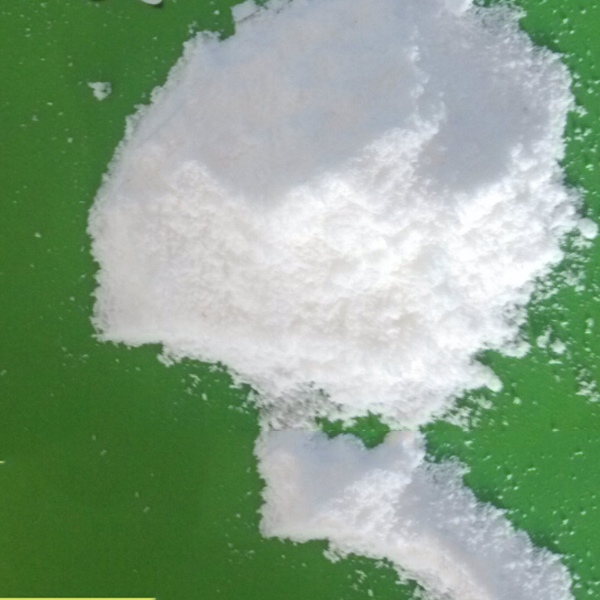
News
Aug . 18, 2024 02:46 Back to list
Pricing Trends for Sodium Polyaspartic Acid and Its Market Demand Analysis
The Price Dynamics of Sodium Polyaspartic Acid
Sodium polyaspartic acid, a biodegradable polymer, has gained prominence in various industries due to its versatile properties. These include excellent water solubility, high biodegradability, and effective performance as a dispersant and scale inhibitor. As industries increasingly shift towards eco-friendly materials, the demand for sodium polyaspartic acid has surged, influencing its market price significantly.
Understanding Sodium Polyaspartic Acid
Sodium polyaspartic acid is derived from aspartic acid, an amino acid that serves as the backbone for this polymer. Its unique structure allows it to hold water effectively, making it a valuable asset in various applications, including agriculture, cosmetics, paints, and coatings. One of its primary roles is in water treatment, where it functions as a scale inhibitor, preventing the accumulation of minerals that can cause fouling and operational inefficiencies in water systems.
Market Demand and Applications
The demand for sodium polyaspartic acid is largely driven by its applications in multiple sectors. In the agricultural sector, it is often used in fertilizers as a soil conditioning agent, enhancing nutrient delivery and water retention in crops. The construction industry values sodium polyaspartic acid in concrete formulations, where it improves flow characteristics and reduces water usage, contributing to sustainable building practices.
Moreover, the cosmetics industry employs sodium polyaspartic acid for its moisturizing properties, while the paint and coating sector appreciates its role in enhancing adhesion and durability. With sustainability becoming a key focus for many companies, the shift towards using biodegradable and non-toxic materials further fuels the demand for sodium polyaspartic acid.
sodium of polyaspartic acid price

Price Trends and Influencing Factors
The price of sodium polyaspartic acid is influenced by various factors, including raw material availability, production costs, and market competition. With aspartic acid as a primary precursor, fluctuations in its pricing can directly affect the cost of sodium polyaspartic acid. Additionally, the overall production capacity and technological advancements in manufacturing processes can lead to changes in supply levels, thereby affecting market prices.
In recent years, the increasing environmental regulations and the push for sustainable products have led to a rise in demand, further complicating price dynamics. As industries transition to greener alternatives, sodium polyaspartic acid has positioned itself as a preferable choice, resulting in an upsurge in demand. Consequently, prices may experience upward pressure due to heightened competition among suppliers to meet the growing market needs.
Global Market Outlook
Looking forward, the global sodium polyaspartic acid market is expected to witness steady growth. Analysts project that the rise in eco-conscious consumer behavior and stricter environmental regulations will drive innovation and expansion within the market. With advancements in production technology potentially lowering costs, the price of sodium polyaspartic acid may stabilize, making it more accessible for a broader range of applications.
In conclusion, sodium polyaspartic acid stands at a pivotal point in its market trajectory. Its unique properties and eco-friendly nature position it as a critical component in various industries striving for sustainability. Understanding the factors influencing its price will be essential for stakeholders looking to navigate this evolving market landscape. As the demand continues to rise, the future of sodium polyaspartic acid seems promising, unlocking opportunities for innovation and growth in sustainable practices across industries.
-
Polyaspartic Acid Salts in Agricultural Fertilizers: A Sustainable Solution
NewsJul.21,2025
-
OEM Chelating Agent Preservative Supplier & Manufacturer High-Quality Customized Solutions
NewsJul.08,2025
-
OEM Potassium Chelating Agent Manufacturer - Custom Potassium Oxalate & Citrate Solutions
NewsJul.08,2025
-
OEM Pentasodium DTPA Chelating Agent Supplier & Manufacturer High Purity & Cost-Effective Solutions
NewsJul.08,2025
-
High-Efficiency Chelated Trace Elements Fertilizer Bulk Supplier & Manufacturer Quotes
NewsJul.07,2025
-
High Quality K Formation for a Chelating Agent – Reliable Manufacturer & Supplier
NewsJul.07,2025
